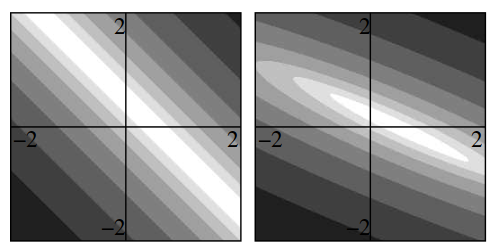Estimation probabiliste du mouvement de caméra
memoire » M.Sc.Jamil Draréni
Tags: flux optique , mouvement
Date : 2003-04
Abstract
 This thesis presents a new approach for resolving a very important problem in Computer Vision, namely computing a camera ego-motion from a sequence of images. The ego-motion is defined as the 3D rotational and translational displacement undertaken by a camera over time. The method presented in this thesis is probabilistic, and thus very robust against noise, and does not require a prior knwoledge of the scene structure nor tracking or feature matching. Indeed, only the pixel’s intensity variations (spatio-temporal derivatives) are required to perform such an estimation. This is an important feature because it allows handling of very difficult scenes such as a cluttered scene or a scene under bad lighting conditions. Once the camera’s egomotion is estimated, several applications can be envisaged. The most obvious ones are the so called passive navigation or video coding at low bit rate.
This thesis presents a new approach for resolving a very important problem in Computer Vision, namely computing a camera ego-motion from a sequence of images. The ego-motion is defined as the 3D rotational and translational displacement undertaken by a camera over time. The method presented in this thesis is probabilistic, and thus very robust against noise, and does not require a prior knwoledge of the scene structure nor tracking or feature matching. Indeed, only the pixel’s intensity variations (spatio-temporal derivatives) are required to perform such an estimation. This is an important feature because it allows handling of very difficult scenes such as a cluttered scene or a scene under bad lighting conditions. Once the camera’s egomotion is estimated, several applications can be envisaged. The most obvious ones are the so called passive navigation or video coding at low bit rate.